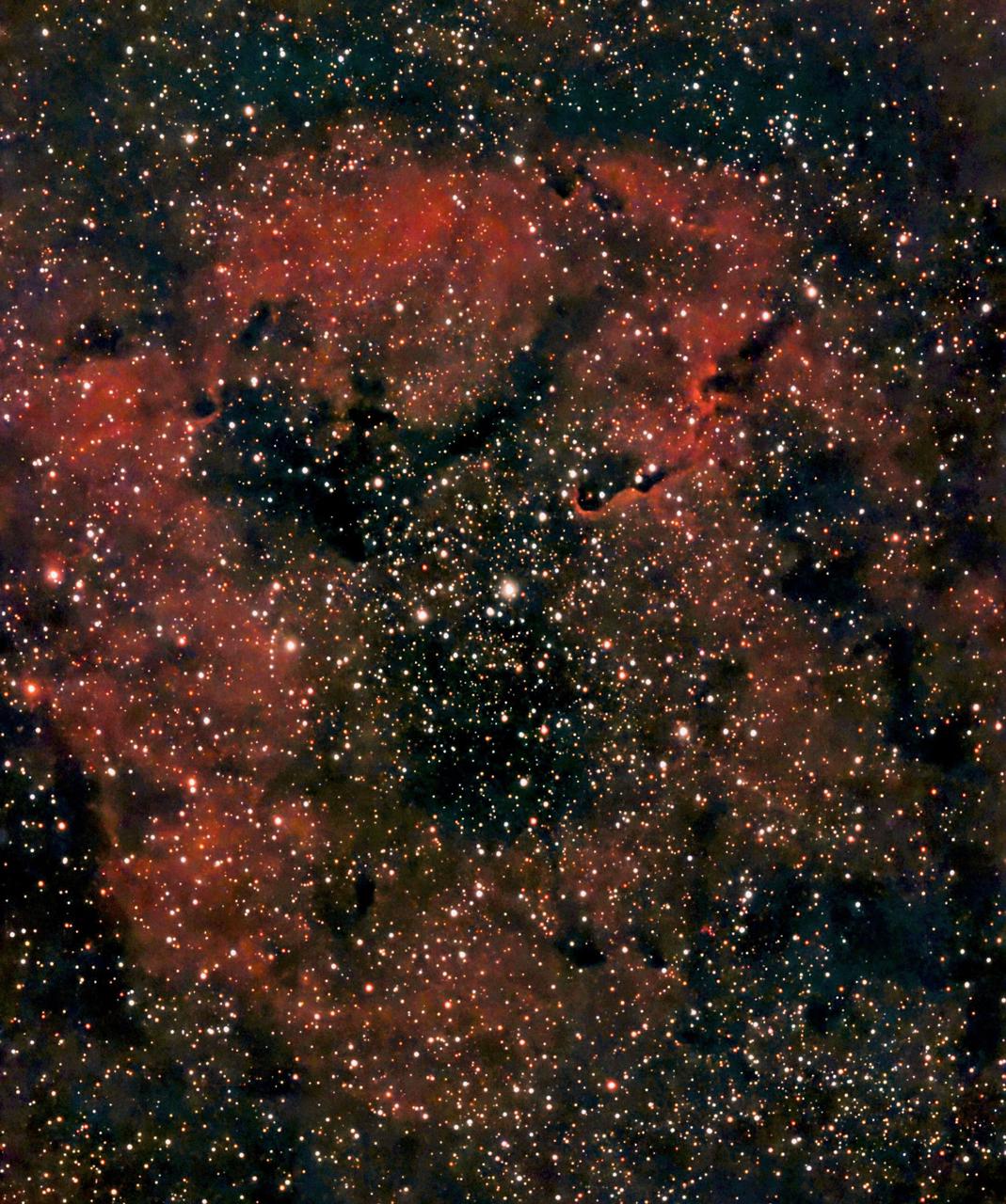"S30 or S50?" It’s the question almost every beginner asks when stepping into the world of smart astrophotography.
Therefore, we invited Ross Bishop, a 48-year-old aerospace systems engineer based in the UK, who owns two devices, to share his experience with S30 and S50.
Ross began his journey with the Seestar S50 and describes it as a powerful and convenient tool for capturing deep sky objects. What stood out most? Its quick setup, intuitive app, and the impressive detail it delivers—especially for those who, like him, only have limited time to enjoy their hobby. “In today’s busy world, the simplicity really matters,” he says.
What makes the S50 special, according to Ross, is the perfect balance of sensor size, aperture, and focal length. It’s designed to zoom in and reveal stunning structure within galaxies and nebulae—particularly when paired with long sessions and the Deep Sky Stack function.
But Ross didn’t stop there.
He added the Seestar S30 to his toolkit, curious to see how a smaller, more portable device might expand his creative options. And it did. With its wider field of view, the S30 excels at capturing larger nebulae and sweeping starfields. While its resolution is lower due to its smaller sensor and focal length, stacking more frames helped bridge the gap.
In a direct test, Ross spent 140 minutes imaging a nebula with the S50 and 200 minutes with the S30. The result? The S50 delivered sharper detail, while the S30 captured the entire nebula in a single frame—two powerful, complementary views of the same deep sky wonder.
One of his favorite aspects of the S30? How compact it is. “It’s the perfect grab-and-go telescope,” he says. He’s already planning to take it on future travels, packing it in his hand luggage to photograph skies he can’t see from home.
So, which one should you choose?
Ross’s advice: “If you're just getting started or value portability and affordability, the S30 is a fantastic entry point. But if you want to get closer and capture more detail, the S50 is a brilliant upgrade.”

Captured with Seestar S50,
on a single night with 852 10 second frames stacked in the Seestar app and post processed using Photoshop

Captured with Seestar S30,
two consecutive nights with 1.8x mosaic framing applied and with a total of 1242 10 second frames stacked in the Seestar app and post processed using Photoshop
